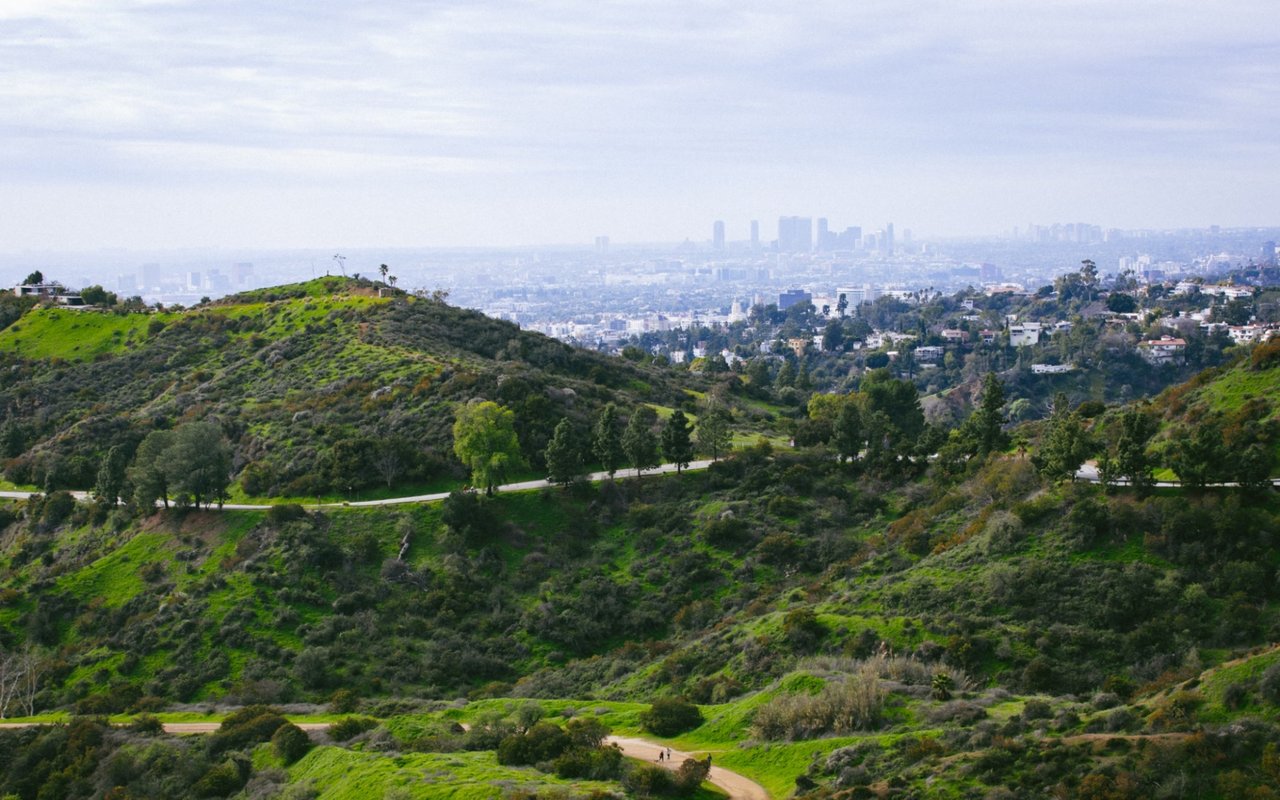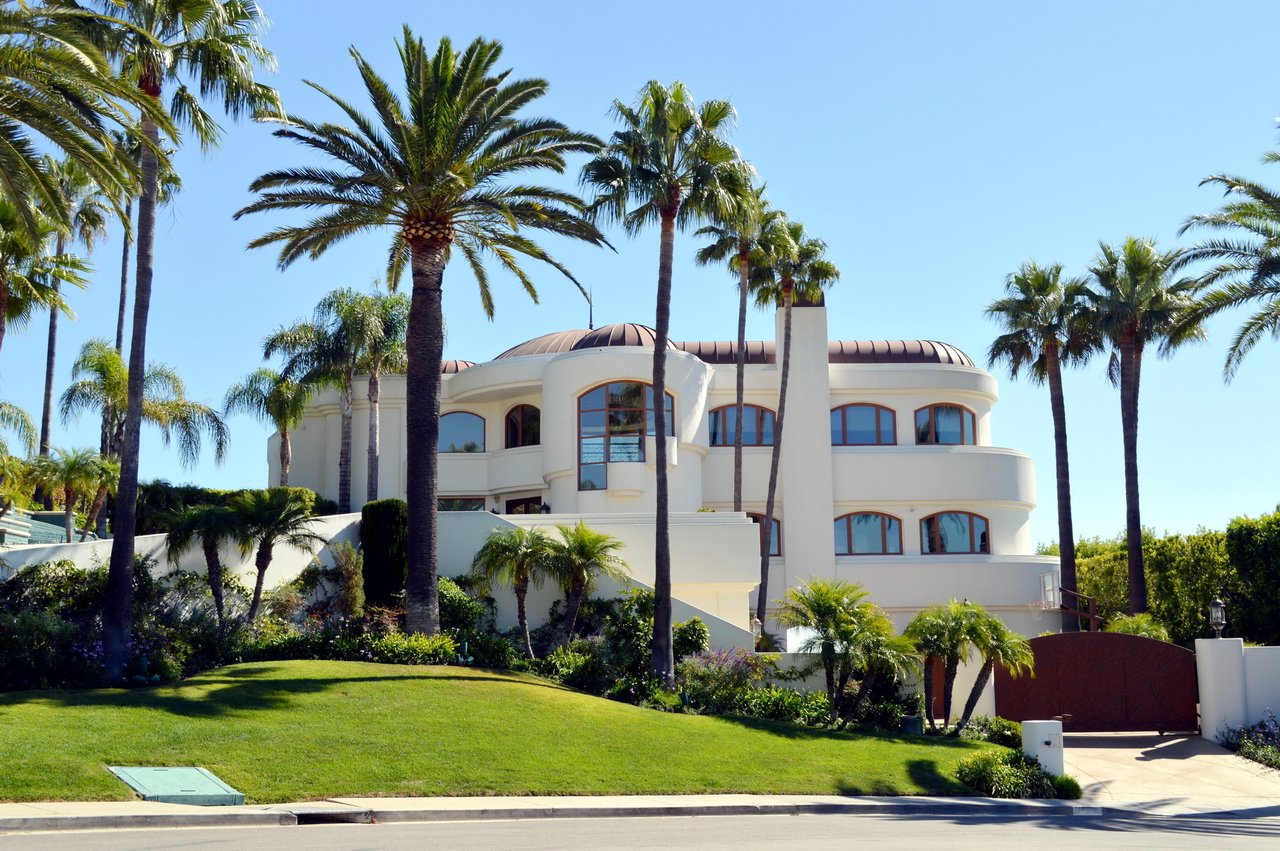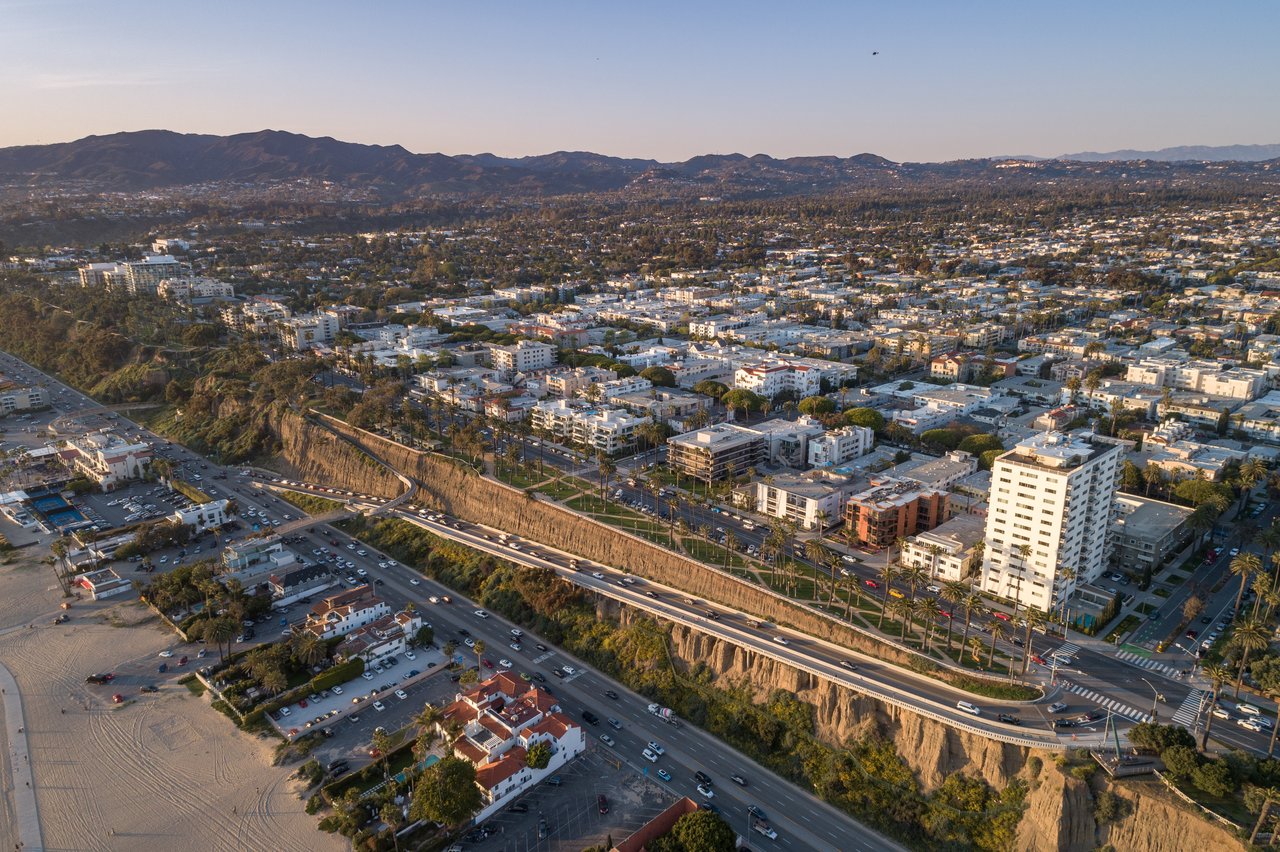Pacific Palisades is a neighborhood in the area of Los Angeles known as “The West Side” and is located about 20 miles west of downtown L.A. It is a private, close-knit community that’s rife with parklands, hiking, biking, and miles of pristine Pacific Ocean coastline in case you’re in search of an outdoor adventure.
It is home to about 30,000 residents, including many A-list celebrities, and is known for its beach-town feel. It's nicknamed "The Palisades" and "Pali" by locals and is a favorite amongst surfers, swimmers, and sun-worshippers. The Getty Villa Museum, an offshoot campus of the world-famous Getty Museum nearby, showcases priceless art collections that span the art and culture of Etruria, ancient Greece, and Rome. As one of the more memorable Pacific Palisades things to do, the Getty Villa offers visitors exhibitions and public programs. There are more than 44,000 works of art, about 1,200 of which are on view.
Homes in Pali have a median home price of $4,495,000, down slightly from its high of $4,995,000 one year earlier. Still, the area, like much of California, is experiencing a seller's market where above-asking-price offers are made, multiple offers on one home can occur, and even bidding wars amongst buyers competing for limited inventory. As paradise-like as the Palisades is, it’s a wise move to fully assess the neighborhood before you take the time to house hunt in earnest. Here are some tips.
1. What’s your vibe?
Only you can know what your family's needs and wants are. Are you city dwellers who thrive on the city's energy, with immediate access to goods, services, and entertainment, without caring if your neighbors are too close? Are you immune to urban noise, such as traffic, nearby schools, sirens, and airplane noise? Are you more of a suburbs person? While you'll be further out from a city’s conveniences and Pacific Palisades things to do, you'll get more real estate bang for the buck with larger houses on larger lots and a relaxed setting that's still close enough to the city. Do you prefer rural living to the noise and speed of the city or suburbs? Be prepared to sacrifice goods, services, and conveniences. Realistically, living rural may mean sacrificing access to emergency services. Even if these facilities exist in a rural setting, short staffing and ambulatory access are common shortcomings.
2. What does the neighborhood actually reveal?
Take time to inspect the entire neighborhood of your dreams. Are there vacant lots and abandoned storefronts? Commercial developers could swoop in and build monstrosities that negatively affect your home value. Note any redeveloped neighborhoods, as they are usually close to city centers and always sought after. Use Google Earth to get a bird’s eye view of the neighborhood and its surroundings. Are there rows of light stones on green spaces nearby? It’s a cemetery. Do you see large, disk-like structures? They’re water towers. What about undeveloped dirt lots? These could be razed areas where gas stations or repair shops stood where the land is waiting to be free of chemical spills or leakage—which can take decades. Finding the right neighborhood isn’t just about a single house. It’s about the entire area that surrounds that house for miles.
3. Education for the family

Research the schools in your district, in-person and online. How far is your home from the schools your kids—or you—need? Will your kids bike, walk, take the bus or drive to school? Are the schools you want in your district? Most school districts have strict districting rules; where you reside makes a difference in which schools your kids attend. Investigate online resources that provide statistical information on the city of your choice. The data includes a city’s population, walkability, safety, costs, median household incomes, amenities, median home prices, geography, weather patterns, commerce, employment, transportation, emergency services, and schools.
4. Are you close to work?

If you work in a physical office, proximity is crucial to maintaining a healthy work/life balance. The most effective way to check proximity is to commute from your potential home to your office during morning and evening rush hour one day during the week and on Friday.
5. Rely on your senses
Think hard about the following question: Why do realtors prefer to have open houses on weekends? Because life is on pause and everything is quiet. Check out what’s really happening in a neighborhood by visiting it on different days and times.
-
Are there highways, train tracks, or airports in close proximity? How often is there traffic, and how loud is it?
-
Are you near entertainment venues such as clubs or even large stadiums? If so, you'll not only have to deal with revelers but also with overflow parking.
-
Does the neighborhood smell fresh, like healthy trees, flowers, and fresh-cut grass, or do you smell weird odors, such as algae in nearby lakes, beer production at a nearby brewery, or fumes from nearby manufacturing facilities?
Even if none of these factors bother you, they could impact future buying decisions when you decide to move.
Local realtors can help you determine which area is perfect for your family and what Pacific Palisades things to do once you’ve settled in. When you’re ready to get started, reach out to local agent Claire O’Connor for guidance.
Local realtors can help you determine which area is perfect for your family and what Pacific Palisades things to do once you’ve settled in. When you’re ready to get started, reach out to local agent Claire O’Connor for guidance.







